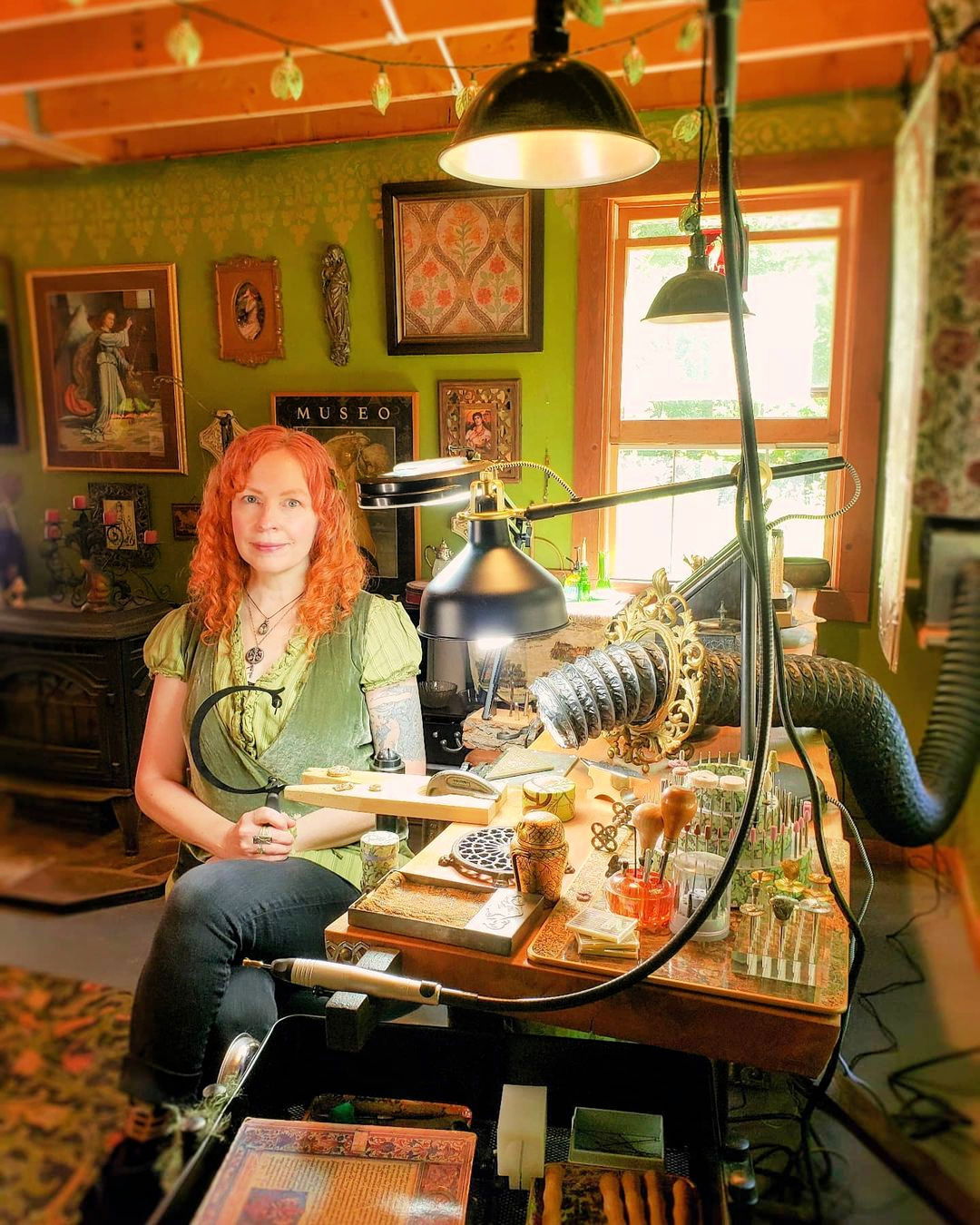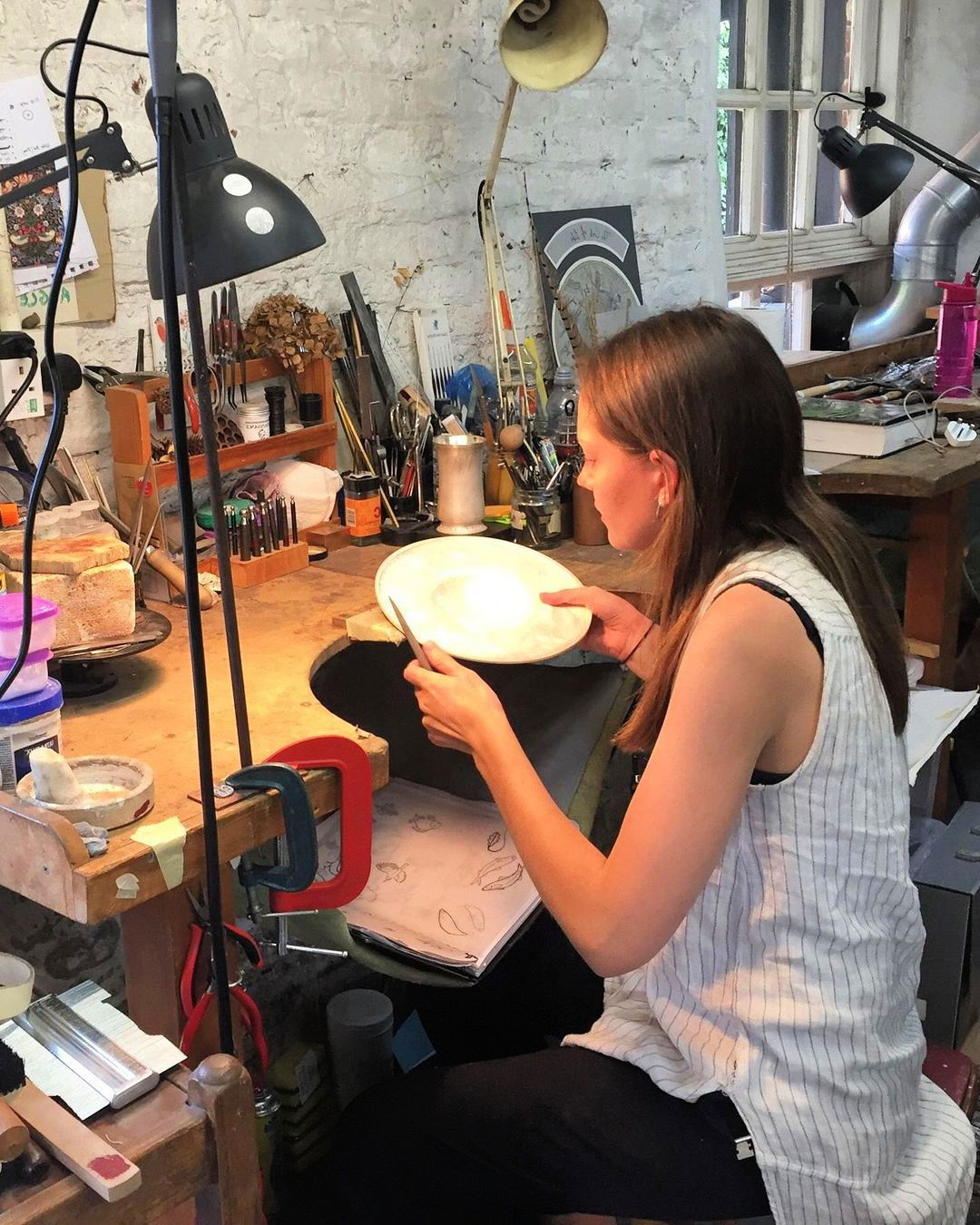Making your own jewelry can be a rewarding hobby, both for your own enjoyment and even as a way to earn some extra moolah! When you’re just starting out, you might feel tempted to scrounge up whatever you can find lying around the house, but the right tools can make a big difference. Creating high-quality pieces from low-quality tools is a challenge even for experienced crafters. Whether you’re making jewelry from glass beads, precious metals or pink gemstones, you want to have the right equipment on hand. To help you achieve the best results, we’ve compiled a list of 10 must-have tools every beginner jewelry maker needs.

1. Flush Wire Cutters
The wire will destroy your scissors in no time flat so you don’t want to use scissors for cutting wire for your jewelry projects. Beyond that, wire cutters were designed to cut the wire without damaging it. Flush wire cutters allow you to trim the wire right up against the bead to produce a professional finish so you don’t wind up with scratchy wire ends hanging off your jewelry. As you might expect, there are different types of wire cutters and some are better for using with soft wire while others are better for hardwire. The hard wire cutters require a stronger grip and the cut may not be as close. Depending on what type of materials you use, you may opt to invest in both so you won’t damage your wire cutters. The most important thing is that the tool fits comfortably in your hand. Note that, depending on how much jewelry-making you do and the types of materials you use, wire cutters may need to be replaced once a year.
2. Round Nose Pliers
Round nose pliers are used to creating smooth loops of wire. They have long, thin, cone-shaped tips which are useful to make loops of different sizes. You will use pliers to make loops on earring wires to connect the hooks, and to create loops of a consistent size for necklaces and bracelets, including making beaded chains. Round nose pliers come in two sizes: baby and classic. Note that round nose pliers are NOT the same as looping pliers. Looping pliers are a more advanced tool you may decide to purchase in the future, but aren’t necessary for the beginning jewelry maker.
One thing you want to look for on all your tools is cushioned handgrips because they make the work a lot more comfortable. Another important feature to look for in your tools is a spring mechanism. This will allow you to release the grip without having to use your hands to open the tool – important when your hands are already full of delicate jewelry!
3. Chain Nose Pliers
Also called ‘flat nose’ or ‘needle nose’ pliers, this type of pliers has flat jaws. They’re extremely versatile, and you’ll likely find yourself using them all the time. Uses include flattening crimp beads, essential for attaching clasps on bracelets and necklaces; opening and closing jump rings for things like charms, clasps, etc.; opening and closing earring hook loops so you can attach dangles; and the all-important quality of holding jewelry elements while you’re working. Chain nose pliers come in two widths: wide and needle; the needle-nose will be more useful when you’re first starting out because you’ll be able to get the pliers into tiny spaces while keeping your beading wire taut. For all your pliers, you want smooth jaws, meaning no teeth. You do not want any kind of grooves in your pliers because they can scratch and damage the finish on your metal. In other words, do not borrow a pair of pliers out of the family’s toolbox.
4. Crimper
You’ll find some jewelry makers using pliers to flatten a crimp bead in position. This isn’t the best idea as it not only looks sloppy but can create a sharp edge, not what you want on a piece that will be worn next to delicate skin. A crimper has special notches in the jaws that do the job right. One notch crimps, and you can use a bigger notch to reshape the bead back to round. Crimpers are also handy for securing clasps.
5. Bead Stoppers
For those who work with lots of beads, this simple but effective tool can save you a lot of time and frustration. This handy little gadget looks like a spring with ears. Squeeze the loops on either end of the stopper to open the springs. Then all you have to do you insert the beading wire and release the loops which keep your beads from sliding off one end while you’re working on the other.
6. Beading Needle
When you work with small beads, you quickly discover that a needle is an absolute must. Beading needles are the same width from end to end, and they’re thinner and more flexible than sewing needles. While there are several types of beading needles, an English or Japanese will usually do for beginners. That said, for those working with cloth or leather, a glover needle is a good choice. Another one to keep in mind is the bead spinner or J-needle which is great for working with seed beads and for making fringe. When shopping for needles, the size indicates how long and fine it is: the higher the number, the finer the needle.

7. Bead Organizer
You likely got into crafting jewelry because you love beads. There are so many beauties out there, and you can be forgiven for going a little crazy at the bead shop. But when you’re working, you need to be able to put your hand on the ones you’re looking for. A good bead organizer saves you time and money. The right container for you will depend on your collection. A tackle box may fit the bill, or a caddy with pull-out drawers may be more your speed. Be sure to label your drawers and cases for maximum efficiency.
8. Adhesive
Because there’s nothing worse than having a piece fall off your jewelry while you’re wearing it, glue is another must-have for all jewelry makers, not just beginners. Different materials require different types of adhesive and you’ll find a lot of options out there. Jewelry cement sometimes sold simply as ‘cement’, is ideal for detailed work with small beads and other embellishments. It comes with a precision tip applicator and quickly dries clear, making it a top choice for jewelry makers. Epoxy is another good multipurpose choice. It’s heavy-duty and is capable of bonding beads, gemstones, and metal findings. But the top pick among crafters is the E-6000 all-purpose contact adhesive. Extremely versatile, E-6000 works on fabric, ceramics, plastic, leather and many other materials. Because nobody’s perfect, be sure to pick up some glue solvent as well.
9. Ruler
In jewelry-making, precision matters. A jewelry maker’s ruler that has both inches and millimeters on one side and a bracelet and ring gauge on the other is essential if you want to create pieces that look and fit right.
10. Magnifier
If you work with larger elements and have great eyesight, a magnifier may not be necessary, but for smaller findings and those with less than perfect vision, a magnifier can be a real lifesaver. Some are simple; others come with varying strengths of magnification and with extras like clips and a light which can make the creating process that much easier and that much more enjoyable.

